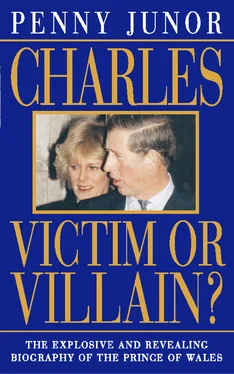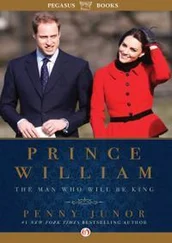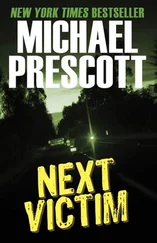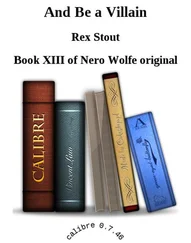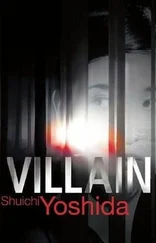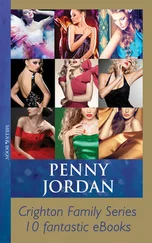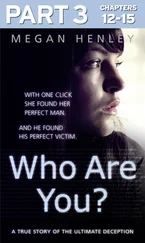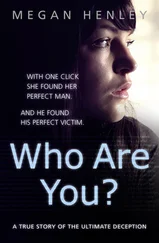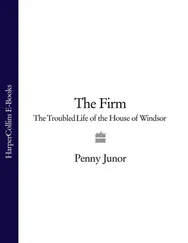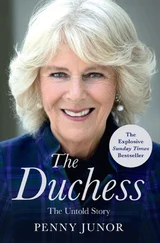Her love affair with Dodi was given new status: she had found ‘true love at last’, and the couple may very well have been on the brink of announcing their engagement. It was a week of instant judgements and media saturation, and while one pundit after another filled the airwaves or the column inches on the loss to the nation, the nation itself displayed its distress on the streets of every town and city. People of all ages and from all walks of life wept openly and clasped one another for comfort. They queued, in some places for hours, to sign books of condolence, and in many instances people sat down and wrote in the books for half an hour. In London, they pilgrimaged from one royal palace to another to lay flowers with messages to Diana and Dodi.
Meanwhile the Royal Family sat, stoic and silent, in Scotland, and the nation’s anger grew. It was assumed they didn’t care about the nation’s grief. If they had cared – the received wisdom went – they would have come to London to be with the people. There had been no statement about Diana’s death, so it was assumed they didn’t care about that either. Instead, it was business as usual. That the family had even gone to church on the morning of Diana’s death – just hours after hearing the news – and taken the boys with them, and that there was not so much as a quivering lower lip to be seen, provoked more outrage. What further proof could there be that everything the Princess had said about this cold, heartless family she had married into was absolutely true?
Yet in the privacy of their own home there had been plenty of tears. The Prince of Wales is an emotional man, and does cry, but he was brought up to keep emotion of all sorts to himself: a characteristic which, in a less touchy-feely, emotionally transparent society, was never questioned. Indeed, to keep one’s grief to oneself was a sign of strength. Yet in 1997 it was taken as a sign of insensitivity. It is not a cold heartless family, as close friends know, but it is rare for anyone outside that charmed inner circle to see a display of either emotion or affection.
In a more religious age, taking a grief-stricken family to church would have been seen as the natural thing to do. In the material nineties it was seen as insensitive and unfeeling. In fact, they had gone to church that Sunday before Charles set out for Paris because Prince William had specifically said that he would like to ‘talk to Mummy’. It was a week in which the children were given choices about everything, when their needs came before public relations. Church has always been a central part of the family routine and in the emotional turmoil of that Sunday, the familiarity, routine and permanence of a church service was comforting to them all.
God is very much a part of the Prince’s life and his thinking and philosophy. He doesn’t wear it on his sleeve, but he is a sincere believer that having a spiritual dimension to life, having faith of some sort or another – whether it is in God, Mohammed, Buddha or anyone else – is important to the human soul. He also believes that religious and cultural diversity is a real strength, and fears for Scotland and Wales breaking away from the rest of the UK for much the same reason.
His own choice of religion is Prayer Book Church of England, and he is a regular churchgoer no matter where he is. When he is at Highgrove on a Sunday, he will attend one of five village churches run by Chris Mulholland, vicar of the neighbouring village of Leighterton, who holds services in rotation. He has boycotted Tetbury Church ever since the vicar, John Hawthorne, denounced the Prince in the pages of most national newspapers for his adultery with Mrs Parker Bowles. It did not endear him to the Prince, particularly as Charles had given his support to a number of Tetbury Church fundraising initiatives.
Among the Prince’s great loves are old churches – an enthusiasm he discovered he shared with Matthew Butler, his assistant private secretary, who introduced him to one or two he had never seen before. Fitting an old church or two into the schedule at the end of a day was a great treat for the Prince and when, at the end of his secondment, Matthew returned to his career in business and was awarded an MVO, he chose to receive it in Cardiff Castle, which was unusual for someone used to working in London and who lived in Tetbury. ‘Matthew, what are you doing here?’ asked the Prince as he ceremoniously handed over the medal. He explained that having organised the Prince’s twenty-fifth anniversary tour of Wales it seemed more appropriate than Buckingham Palace. ‘Oh, I suppose so,’ said the Prince, then, suddenly lighting up, ‘Matthew, I saw this wonderful church the other day …’
Of the churches they visited together, there was one in Staunton Harold in Leicestershire which the Prince found particularly poignant. It had been built by Sir Robert Shirley, Baronet, a Royalist, and ancestor of the present Earl Ferrers, during the Protectorate in 1653, after the turbulent reign of Charles I. He died of natural causes while imprisoned in the Tower of London in 1656. There was an inscription over the west door, which the Prince seemed to take to heart:
‘All things sacred were throughout the nation either demolished or profaned.’
With his religious conviction running deep, the Prince firmly believes in life after death. He talks about death being ‘the next great journey in our existence’, and is dismayed that as westerners we have become separated from the cycles of Nature, and what they have to teach us. Speaking at a Macmillan Fund anniversary a few years ago, he said, ‘The seasons of the year provided for our ancestors a lesson which could not be ignored; that life is surely followed by death, but also that death can be seen as a doorway to renewed life. In Christianity the message is seen in the mystery of resurrection, and in the picture of Christ as a seed dying in the ground in order to produce the new life that supplies bread, and sustenance.’
The subject of death has fascinated the Prince for a long time. He has suffered great personal loss on a number of occasions – most notably the death of his cousin Prince William of Gloucester in an air crash in 1972, and the brutal murder of Lord Mountbatten, Nicholas Knatchbull and others by the IRA in 1979. Despite the difference in age, his great-uncle Mountbatten was closer to him than anybody else, and the news that he had been suddenly and mercilessly blown to bits by a terrorist bomb while out fishing with his family in Ireland had been completely devastating. Charles was also with his friend Major Hugh Lindsay when he was killed in a horrifying skiing accident in Switzerland in 1988. He has watched friends die, and the children of friends, and visited hospices and hospitals and talked to strangers about their experiences of death, as Diana herself did so sympathetically.
For Charles, death is a mystery and a painful parting, but not something to fear, and Diana had much the same view. She too believed in life after death and frequently consulted mediums and clairvoyants. She was quite certain that her paternal grandmother, Cynthia, Lady Spencer, who had died in 1972 when Diana was a child, kept guard over her in the spirit world.
Balmoral is the Royal Family’s spiritual home, the place where they instinctively feel relaxed and at ease, where they adopt an informality that is not seen in any of the Queen’s other residences. They had stayed there because it was the most sensible place for the boys to be, and that week William and Harry were the top priority. They love Balmoral like the rest of the Royal Family. They love the freedom, the walking, the fishing, the stalking, riding, go-karting; and in that week when their entire world had been turned upside down, they needed the comfort and familiarity of home. Buckingham Palace is little more than the Royal Family’s institutional headquarters, and to have brought the boys to London would have been to imprison them within four walls. At Balmoral they could be certain of some privacy in which to begin to take in the enormity of what had happened, and to prepare for their mother’s funeral and the most traumatic ordeal of their young lives.
Читать дальше
